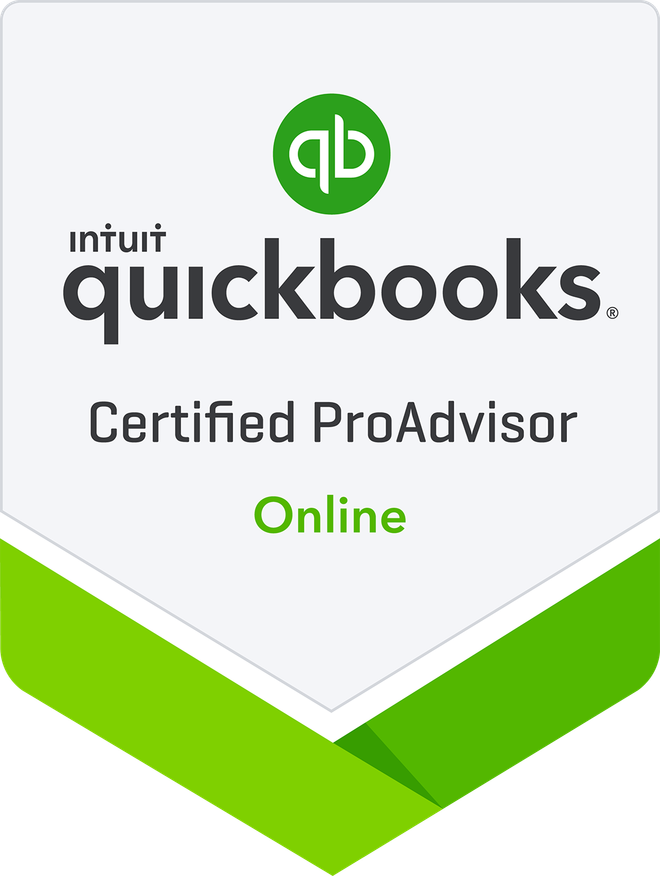
How to calculate 7 Key Metrics for Your eCommerce
How to calculate 7 Key Metrics for Your eCommerce
Do you sometimes wonder just HOW your business is doing? You wonder whether you are making the right decisions. You wonder if you are spending your money in the right place. These are keep-you-up-at-night kind of questions, but they don’t have to be. There are simple formulas for key metrics that you can use to answer these questions at any time.
In today’s fast-paced technological world, the most successful eCommerce companies rely heavily on data to make informed decisions. You ask why? Simply because data itself is knowledge, and knowledge is power.
The ability to comprehensively collect, analyze, and optimize eCommerce key metrics is a crucial and most rewarding part of leading a profitable online business. The right key metrics will tell you on what requires immediate action and what needs to be included in your upcoming plans. Remember that key metrics should directly be linked to your business goals – that’s why you measure them in the first place!
When you analyze your current performance through your key metrics, you want to then adapt your goals to make the necessary changes and improvements to increase your profitability. If you are still unsure of how to do this, head to our blog about goal setting for some tips.
If you are wondering about what metrics are the most suitable for your business to monitor, keep reading to learn more about these 7 revealing performance indicators that will take your business to the next level!
1. Customer Acquisition Costs (CAC)
We’ve all heard the saying “the customer is king”. Customers want quicker, high-quality products and services that offer them the best value for their buck. Now, what if your cost of getting one customer is more than what the customer spends at your store? Scary thought, right?
This is where CAC comes in. Customer Acquisition Costs monitors the total amount you spend towards bringing in a customer.
How to calculate your CAC:
You divide your overall marketing costs by the total number of new customers acquired during a given period.
For example, in a specific month, you spent $1000 of selling and marketing costs and acquired 20 customers. Your CAC is:
1000 / 200 = $50 CAC
Note that all sales and marketing costs should be considered during this calculation. Keep in mind that sometimes your return on investment can take some time. This means if you spend money on a one given month, you may not acquire the customers until a month or two later. Stay tuned for the next blog post for more details on how to measure this kind of situation.
Ideally, you want to sell 3 times what you spend to acquire a customer. If that’s not the case for you, don’t worry, you now know how to measure this metric and you will make the right decisions to reduce it!
2. Average Order Value (AOV)
The AOV is simply a critical metric that monitors the amount a customer spends on average on a single order.
How to calculate your AOV:
The calculation of your business average order value is as easy as dividing your total sales by the total number of orders closed in a given period.
Let’s say your total sales in May were valued at $40,000 from a total of 400 orders placed, then your AOV is:
$40,000 / 400 = $100 AOV
The more a customer purchases in one single order, the more your profits increase. You can track this on a monthly, daily, or even weekly basis, depending on your growth stage.
3. Customer Lifetime Value (LTV)
Acquiring customers is not a final win. Now you’ve got to keep them around! Retention must be your top priority as an ambitious entrepreneur. You must build a strong brand and provide high-quality services to increase your customer lifetime value.
Customer lifetime value (LTV) measures the total revenue an average customer will generate for your business over the entire period of their relationship with you.
How to measure your LTV:
You simply multiply the average order value (AOV) by the customer’s average purchase frequency rate in a year and the average number of years as a customer.
For Example: If a customer spends an average of $100 per order, places ten (10) orders per annum, and continue to order from you for five (5) years, then your average LTV is:
$100 × 10 × 5 = $10,000
You use this metric to identify your most valuable customers, the ones you will nurture, and focus on the most.
4. eCommerce Churn Rate
A churn rate is another important eCommerce marketing metric, which describes the number of customers leaving the business over a specified period.
How to calculate your churn rate:
You divide the number of customers that left your product/service by the number of customers you had at the beginning of the period.
Say you in 2020, you lost 10 customers out of 100, your churn rate is:
10/100 *100 = 10%
Regardless of your eCommerce churn rate, it is imperative to monitor and work on strategies to excite your customers when they are around. Remember it is easier to resell your products to a current customer than going through the arduous means of gaining a new one.
5. Sales Conversion Rate (CR)
This metric is arguably one of the most important KPIs on this list. An increase in conversion rate is the goal of any entrepreneur.
How to calculate your sales conversion rate:
CR is the total number of sales in a period divided by the total number of visitors to your store.
If your eCommerce website receives 300 visitors in a month and records 30 sales, then the conversion rate would be 30 / 300 which stands at 1% CR.
While the average conversion rate for United States’ e-commerce businesses stands at about 2.6%, it is worthy of note that average CR can vary extremely by industry.
As a matter of fact, the sales conversion rate for an online store selling luxury jewelry will not have the same CR as a low-cost eye wears’ retailer.
6. Cost of Goods Sold
In eCommerce, every number counts! While the Cost of Goods Sold (COGS) has been a long time key business metric that many entrepreneurs still find it hard to track.
COGS is the carrying value that offers eCommerce ventures a sense of growth and profitability. Besides, it is an amount you spend to market and sell your product—for instance, manufacturing costs, overhead costs, employment wages, and much more.
How to calculate COGS:
Beginning Inventory Costs (of the year) + Additional Inventory Costs (acquired during the year) – Ending Inventory (year-end)
Your COGS is directly related to your inventory movements. There are different inventory tracking methods and tools that you can use. If you need a deep dive into your inventory management, head to the contact us page to request your discovery call!
7. Gross Profit Margin
WooCommerce describes Gross Profit Margin as “a financial metric used to assess a company’s financial health and business model by revealing the proportion of money left over from revenues after accounting for the cost of goods sold (COGS).”
It’s a crucial eCommerce KPI that allows ambitious entrepreneurs like you to plan and make well-informed business decisions.
This is to say that higher revenue does NOT mean higher profitability.
How to calculate gross profit:
Gross Profit = Total cost of goods sold — Total number of sales (Revenue)
How to calculate gross profit margin:
Gross profit margin = Gross profit / Revenue * 100

The Takeaway
Are you looking for efficient and actionable ways to improve your KPIs, grow your overall conversion rate, increase your revenue, and massively scale your business? If you answer YES, then this may be the perfect time to consider investing in a financial strategy and e-commerce optimization program.
At PROKONECT, we are highly committed to working with ambitious entrepreneurs to help actualize their KPIs, set up a comprehensive financial strategy, and achieve specific business goals. Our team believes in data-oriented decision making and strongly relies on comprehensive user testing to determine how we can best improve your most important metrics.
Request Your Discovery Call today so we can take a more in-depth look at your business and discuss your challenges, goals, and expectations. Every eCommerce business has its distinctive strengths and weaknesses that a Strategy Call will help us identify for you.
Salma Hatim
Founder of PROKONECT
Salma’s story began at the University of Houston where she obtained her BBA and Masters in Accountancy. She is a CPA, licensed in the State of Texas with years of experience in a Big Four accounting firm. Her passion for entrepreneurship, technology, and globalization led to the creation of PROKONECT, a tech-based accounting and financial strategy company for ambitious entrepreneurs.



PARTNERSHIPS
LINKS
CONTACT US
